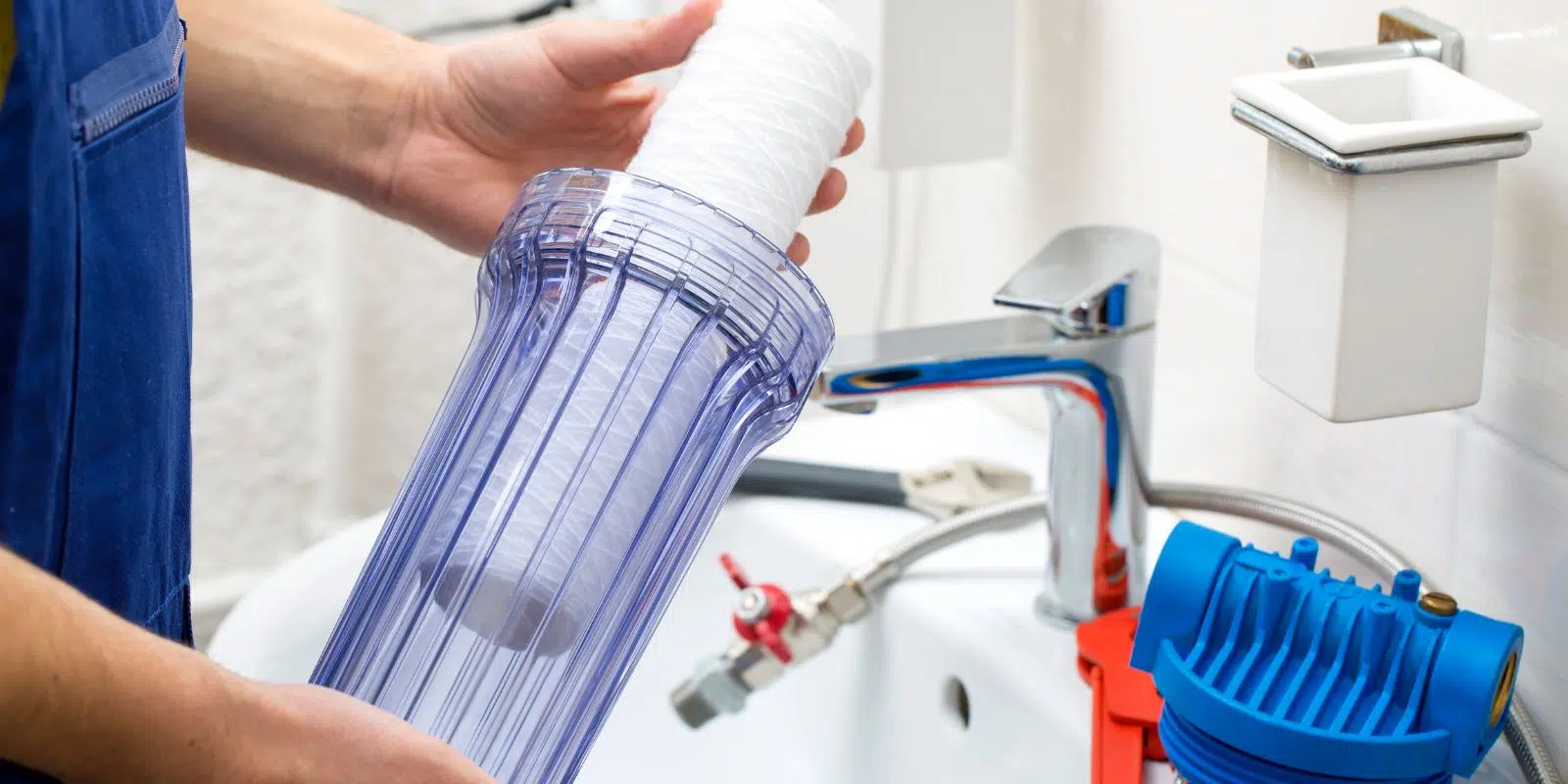How to Tighten a Single Handle Kitchen Faucet & Maintenance Tips
A loose kitchen faucet is an issue that pretty much all households come across once or twice a year. Like other plumbing works, this problem seems like a wreck. However, the solution isn’t as overwhelming as it seems.
I personally find it bothersome to call plumbers for a small or single issue every time. It costs you money too. The good thing is you can fix it yourself using some common tools without spending much time on it.
This guide on how to tighten a single handle kitchen faucet will also encourage you to do easy plumbing on your own once you master it how.
Contents
Reasons for a Loose Kitchen Faucet Handle
This issue doesn’t occur on its own. When you address the reasons behind it and take care of them, you probably won’t have to experience the issue anymore.
Installation Fault: If you use the wrong piping size, faucet, screws, and other improper accessories, the faucet handle will not be tightened for long.
Loose Faucet Base: The handle is attached to the center of the base. Due to excessive use, the base often loosens itself, which results in a loose faucet handle as well as leaks. You cannot control it much, as it gradually loosens with each use.
Loose Screws: Several screws secure the faucet pipes that are linked to your sink base. For any reason, when the screws get untwisted, the faucet will shake from time to time. And this is the most common reason why faucet handles become loose.
Worn O-Ring: Most faucets come with an O-ring that holds the handle in place. Using the faucet for years can slack this ring, which loosens the handle.
Tighten a Single-Handle Kitchen Faucet
Before getting right into the fixing, be sure to collect these tools and accessories:
- Adjustable wrench or hex wrench
- Allen wrench 3/32 inch
- Basin wrench
- Screwdriver
- Flashlight
- Hand gloves
- Masking tape
- Mini knife
- Teflon tape
Note that, the following steps will only work if the problem is with the handle, not with the entire faucet.
Preparation
To start with, be sure to clear the sink, and obviously plug its drain. Don’t forget to turn the water supply valves off, unless you want something unexpected to happen.
Tighten the Handle
The handle has a visible set screw. If you don’t find it, check under the cap. You can remove this cap using a flathead screwdriver or using a small knife. Tightly hold the faucet, and tighten the screw after that.
This should tighten the handle, and there shouldn’t be any shaking.
Remove the Screws of the Handle with Decorative Head
If the handle has a big decorative head, you should find a set of screws under the colored metal/plastic caps or at the top. The setscrew is there under the cap. Use an Allen wrench to unscrew it — you can also use a flathead screwdriver. Just make sure the wrench size fits the handle cap.
Tighten the Handle with Decorative Head
Once you find the screw, use the Allen wrench to tighten it in a clockwise direction. Stop further tightening once you feel the resistance. Overtightening it will make the handle too stiff to operate.
Turn on the Water Supply
When you are done with tightening the setscrew, open the water supply valves, and check whether it stops the leakages or not. If the handle no longer shakes and everything else seems good, no need to replace the faucet. You are good to resume using it furthermore.
How to Fix a Kitchen Faucet Loose at the Base?
If your sink has a Moen faucet, you can follow the steps below to fix the loose base. However, faucets that are similar to Moen ones can also be fixed in this way.
You will need pretty much the same items that I have listed above.
Clear Underneath of the Sink
To make sure, the fixing doesn’t make any mess, consider placing items under the sink somewhere else and empty this space.
Plug the Drain
While fixing, you will need to place accessories, nuts, screws, and other items on the sink. So, you must plug the drain, so nothing falls in through it.
Turn off the Water Supply
Switch off the water supply valves. This should be below the sink. If you don’t find it there, consider turning off the main water line. Be sure to check whether you have correctly done that or not. Open the faucet, and release the pressure. If it’s turned off, proceed to the next step.
Remove Water Lines
Locate water lines under the faucet, and use an adjustable wrench to remove them. Consider wearing gloves while attempting this process.
Tighten the Base Nuts
Now, take your basin wrench, and hold the nuts that connect the kitchen faucet to the base. Make sure the loose nuts are well-tightened and make the faucet secure. This should stop shaking the faucet while turning the handle.
Verify the Result
Turn on the water supply valves to test the faucet. Water should flow without any leaking issues.
Note that these steps will only work if there are no leaks and the faucet is firm and steady. This has only to solve the issue regarding the base.
5 Maintenance Tips for Kitchen Faucet
When people buy faucets for kitchen, they mostly care about design, aesthetics, and durability. Regardless of how much your kitchen faucet costs, you must ensure regular maintenance to keep it in a good shape. Follow these simple maintenance tasks to get the most out of your investment.
- Be sure to clean the faucet on a daily basis with a mild cleanser and a damp cloth. Consider the finish of the faucet and choose a cleanser option that suits its delicate surface.
- If you get hard water from the supply line, make sure you use a mildly abrasive scrub or window cleaner to tackle hard, stubborn deposits. Vinegar also does the trick.
- Also, clean the aerator of the faucet as this is the component that tackles mineral and debris build-up. Remove it and flush with water, and clean using a toothbrush. In case of hard water, soak its components in vinegar.
- Springs, seats, and other similar smaller components subject to wear and tear soon. Periodically check these, and get a replacement if necessary.
Final Words
This guide on how to tighten a single handle kitchen faucet can be the starter for your DIY plumbing tasks. For small household repairing, it’s highly recommended to do it yourself rather than paying a repairer.
However, if your faucet is under warranty, you can take advantage of that and leave the hassle-work to the manufacturer.


![How to Use a Water Purifier? [Step by step guide]](https://verybestkitchen.com/wp-content/uploads/2021/07/how-to-use-a-water-purifier.jpg)


![How To Use A Juicer? [Step By Step Guide]](https://verybestkitchen.com/wp-content/uploads/2021/07/how-to-use-a-juicer.jpg)
